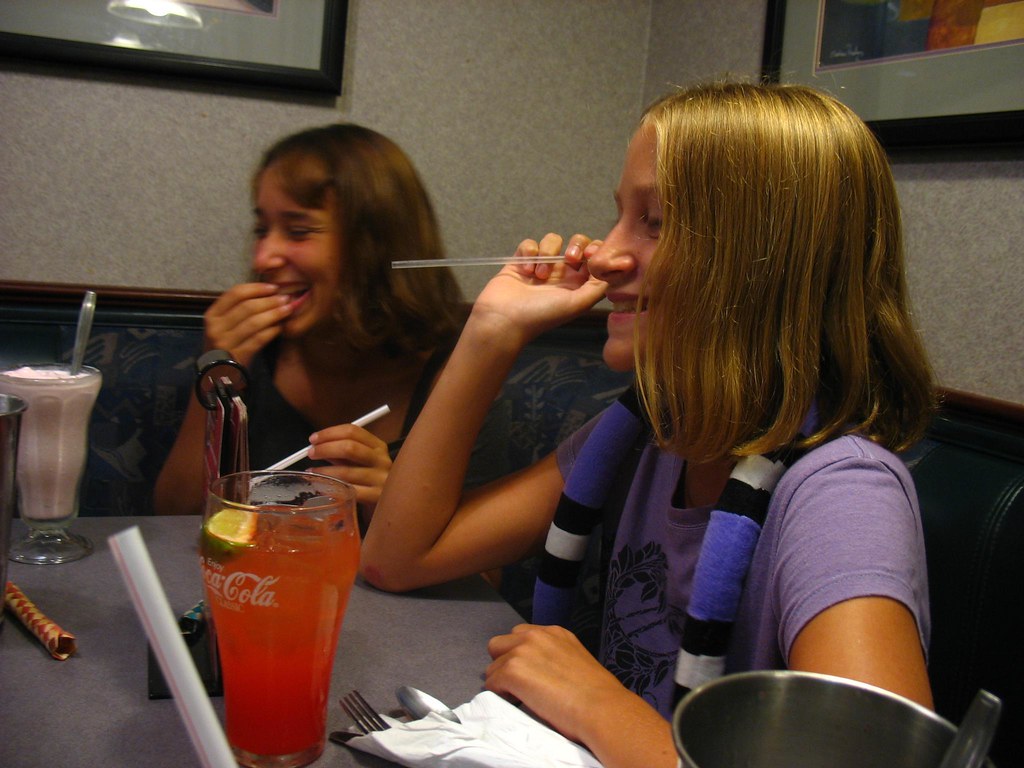 This Valentine’s Day, I’ve already posted on my own blog about a frustrating tendency for those writing about feminism and dating to focus on heterosexual relationships. The idea seems to be that most of the problems with modern romance are focused on gender differences and the tension created by struggles for gender equality. Researchers and popular writers alike are concerned by the differences between men and women, how women’s successes affect their ability to start families, the impact of gender equality on inherently unequal dating scripts, and whether men or women want, do, or think X more.
This Valentine’s Day, I’ve already posted on my own blog about a frustrating tendency for those writing about feminism and dating to focus on heterosexual relationships. The idea seems to be that most of the problems with modern romance are focused on gender differences and the tension created by struggles for gender equality. Researchers and popular writers alike are concerned by the differences between men and women, how women’s successes affect their ability to start families, the impact of gender equality on inherently unequal dating scripts, and whether men or women want, do, or think X more.
Perhaps queerness is simply a complicating variable that a lot of researchers don’t want to get into, particularly when asking questions about male/female difference in dating and romance. Certainly there are some researchers working on queer relationship issues, particularly on the difference between queer and straight couples, but for this Valentine’s Day “Relating Radically” column, I really want to focus on some questions that might get to the creative and radical core of queerness–something that isn’t exclusive to same-sex relating, and doesn’t appear in every same-sex relationship, but is a valuable object of study.
Sample Questions for Further Study:
- How do romantic or sexual partnerships relate to friendships and chosen family relationships in a given queer community?
- How do queers find relationship education in adolescence and adulthood?
- What is the relationship between interpersonal relationships and queer activism?
- What is the role of sex and romance in the life of a queer community?
- How does public and semi-public space function in queer dating?
- How do queers resist romantic scripts of the dominant culture?
- How do transgender identities impact sexual scripts or sexual assumptions?
- How do queer people see their own sexual or relational roles?
- What are community values around relationships and how do they differ between different queer communities?
- How common or normative is monogamy in queer communities and how is it understood?
- How are queer “chosen families” formed?
Similar questions might also be brought up in the classroom where relevant. Though it may not often be appropriate to question students on their personal romantic experiences, questions about queer romantic values, norms, and practices may come up in the context of certain discussions. For example, the relationship between the personal and political around the rise of AIDS activism in the 1980s is a particularly interesting example where sexual practice, chosen families, public health, race, activism, and art all intersected at one political moment. A sociology class might be interested in examining particular sexual or relationship-based queer subcultures. A women’s studies course looking at the modern family should certainly consider queer families, and perhaps look at alternative family models such as the queer commune or polyamorous relationship structure.
Though the queer dating world is far from idyllic, it does offer some interesting opportunities for discussion. It is also not hard to see a relationship between feminist and queer values. One might consider the difference between heteronormative, capitalist-tied gay cultures on the one hand and more creative queer cultures on the other.



